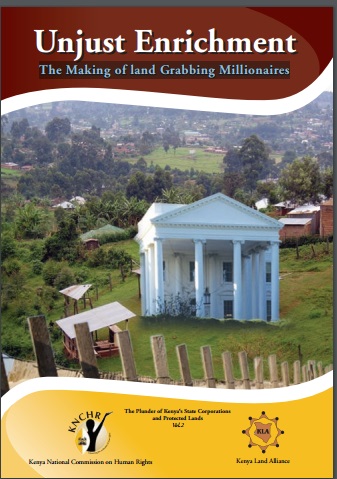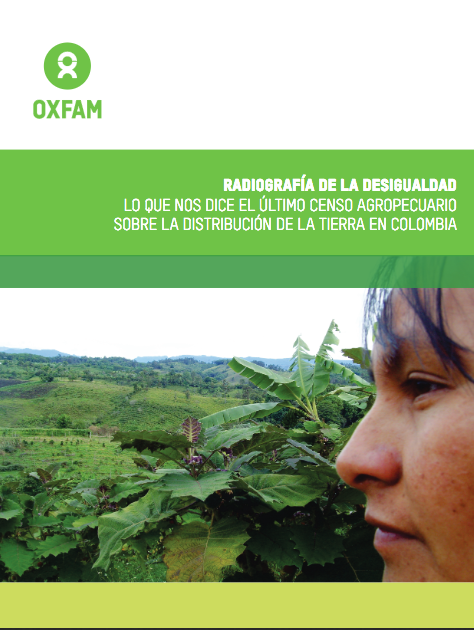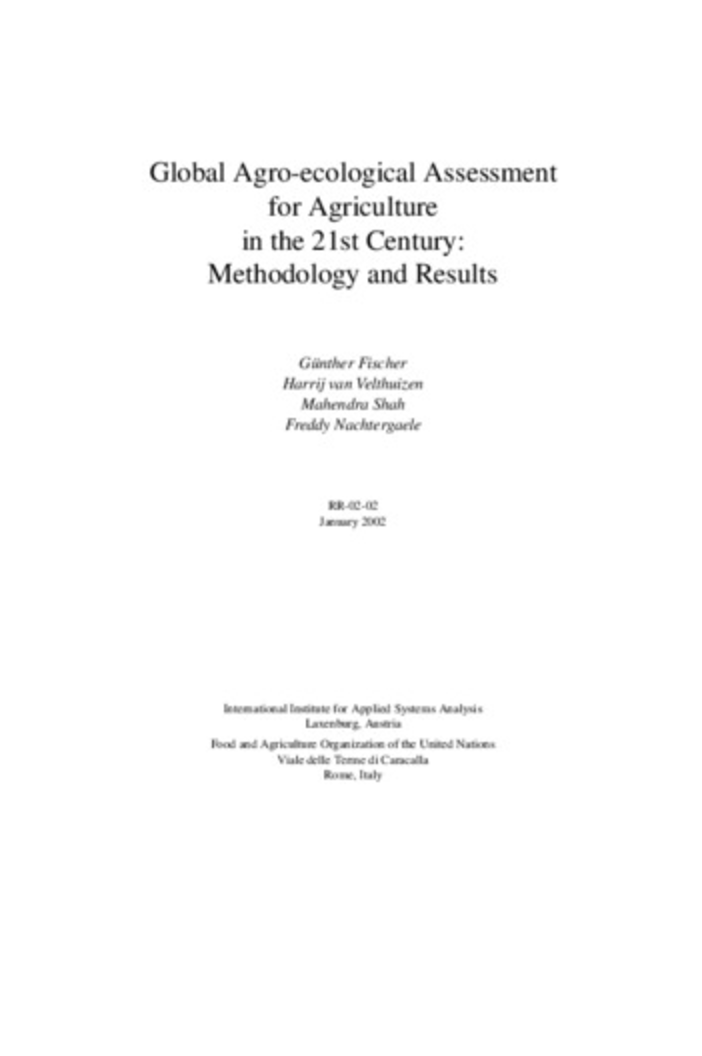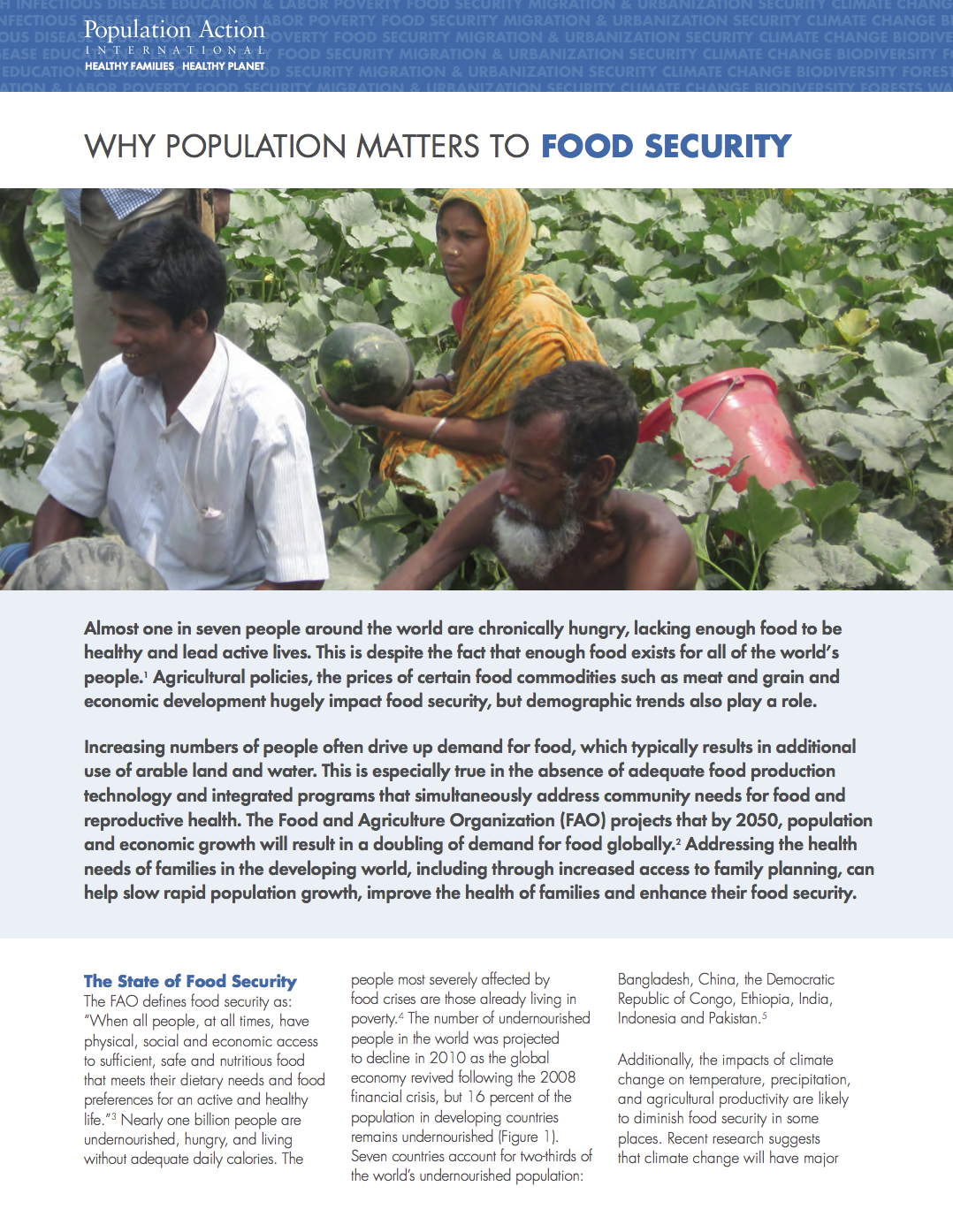Motivações migratórias rural-urbanas e perspectivas de regresso ao campo- uma análise do desenvolvimento rural em Moçambique a partir de Maputo
O ritmo migratório rural-urbano é frequentemente superior à taxa de crescimento natural dapopulação citadina, em resultado da procura de oportunidades de emprego por parte daspopulações rurais, o que reflecte (e cria novas) pressões sociais e económicas.Ao longo deste texto procura-se compreender os factores que levam as populações de origemrural a migrar para a cidade de Maputo, assim como compreender as dinâmicas de relacionamentodas mesmas, uma vez na cidade, com o seu universo de origem.









